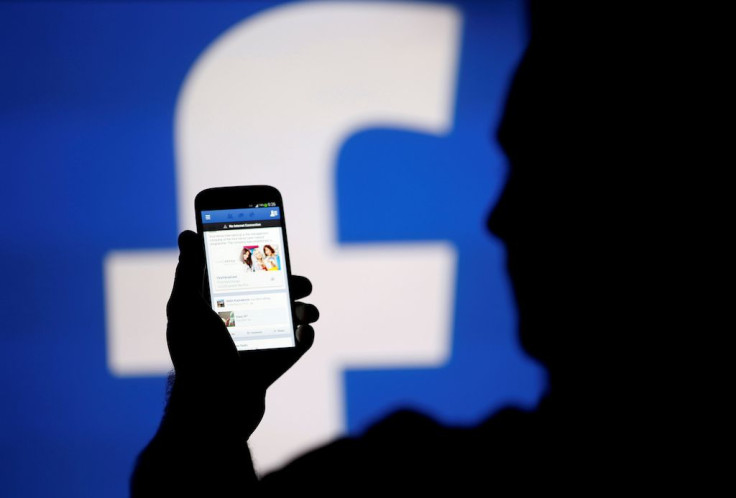Facebook Updates News Feed To Show Fewer Links That Lead To Ad-Filled Pages

Facebook’s algorithm for its News Feed has been updated to identify links that redirect users to web pages that are just filled with ads. The algorithm will be able to show these links lower on the News Feedand may no longer be considered as an ad.
“With this update, we reviewed hundreds of thousands of web pages linked to from Facebook to identify those that contain little substantive content and have a large number of disruptive, shocking or malicious ads,” Facebook said in its blog post
“So if we determine a post might link to these types of low-quality web pages, it may show up lower in people’s feeds and may not be eligible to be an ad. This way people can see fewer misleading posts and more informative posts.”
Facebook is using a computer model to scan the contents of web pages shared by users on the site. It usually only scans images or the headline. But now, Facebook scans the page to see if it actually has any real substance or if it’s just filled with ads, according to Recode.
Links that don’t pass Facebook’s standards will effectively pushed down lower on the News Feed and will no longer be promoted as an official Facebook ad. The update to the News Feed started rolling out yesterday and should be completed in the next few of months.
Facebook’s tougher enforcement on ads is part of the company’s policy of preventing advertisers from sharing low-quality web page experiences to users. The policy was set in place last year.
Facebook says that it wants its community to be informed, and identifying and showing fewer posts that are “misleading, sensational and spammy” will allow the News Feed to show more informative posts. “People expect their experience after clicking on a post to be straightforward,” the company said.
Facebook’s update could also help in fighting the spread of fake news on the platform. Creators of fake news are typically financially motivated and are able to make a lot of money by cluttering their web pages with ads.
This also means that users and brand pages that actually post high-quality content on Facebook might see a slight boost in traffic, according to TechCrunch. However, the impact of this update will vary by publisher. It shouldn’t also have a significant impact on Facebook’s overall ad revenue.
Facebook started reducing low-quality links on the News Feed back in 2014. At the time, the company focused on posts that have click-baiting headlines. In August 2016, Facebook doubled down on its efforts.
By December 2016, Facebook faced criticism over the spread of fake news stories leading up to the 2016 U.S. presidential election. Facebook made it easier for users to report fake news posts that are shared on the site, according to Reuters.
Facebook’s algorithm on the News Feed is regularly tweaked to improve user experience. It’s responsible for making sure that users only see what they want on their News Feed. From time to time, Facebook brings in a major update that targets specific content that should be shown less.
© Copyright IBTimes 2025. All rights reserved.



















